LATEST INSIGHTS
Your Present Location: LATEST INSIGHTSCambodia benefits from China’s Belt and Road initiative
Source: Khmer Times Published: 2025-04-09

By Nop Sreymao
Reporter of Khmer Times
Wang Yiwei, the Vice-President of the Academy of Xi Jinping Thought on Socialism, emphasised how China’s Belt and Road Initiative (BRI) is transforming Cambodia. This ambitious project is not just boosting economic growth; it’s also fostering cultural exchanges and improving infrastructure, ultimately connecting Cambodia with other nations.
Yiwei pointed out that the Sihanoukville Port is a key asset for Cambodia, acting as both a vital transportation hub and an industrial park. This port showcases how the BRI is driving trade and investment, positioning Cambodia as a crucial player in Southeast Asia.
In an exclusive interview with Khmer Times, Yiwei discussed the broader implications of the BRI for Cambodia-China relations and its importance for cooperation among Mekong region countries.
When asked about the BRI’s role in enhancing regional cooperation within ASEAN, especially in areas like trade and culture, Yiwei highlighted its foundational pillars. He noted that the BRI is about more than just economic transactions; it’s about fostering relationships that span various sectors, from culture to education.
“The BRI is built on five key pillars focussed on strategic collaboration. For ASEAN, mutual connectivity is vital, and the BRI strengthens bonds among these nations,” he explained. “Before trade can thrive, we need solid infrastructure—highways, ports, and canals. The BRI aims to provide the necessary investment for this.”
Yiwei added that the BRI’s comprehensive framework—encompassing policy coordination, infrastructure connectivity, unimpeded trade, financial integration, and closer people-to-people ties—encourages both economic partnerships and cultural exchanges.
“Improved road connectivity will lead to more travel and interaction among people, fostering understanding beyond just product shipments. The BRI’s pillars significantly enhance connections between nations,” he said.
This cultural exchange is essential for mutual respect and understanding, laying the groundwork for enduring partnerships. The BRI aims to invest trillions of dollars in infrastructure across Asia, Europe, and Africa, transforming global connectivity.
Yiwei envisions a future where improved infrastructure not only drives economic growth but also strengthens cultural ties, leading to a more interconnected and harmonious world. As Cambodia engages with the BRI, the potential for economic and cultural gains is enormous. By embracing this initiative, Cambodia is positioning itself as a key player in regional and global affairs, ready to benefit from deeper cooperation.
Through the BRI, the country is not just constructing roads and bridges; it’s creating pathways toward a brighter, more connected future.
The BRI will reduce shipping times for both BRI and non-BRI economies, Yiwei added. The average decrease in shipping time ranges 1.2%-2.5% for countries across the world.
Thong Mengdavid, a geopolitical analyst and lecturer at the Institute for International Studies and Public Policy (IISPP), emphasises that the idea of a China-Cambodia community of shared future is central to their growing partnership.
“This relationship extends beyond economic cooperation to include joint development goals, cultural ties, and aspirations for long-term prosperity,” Mengdavid noted. “Key BRI projects like highways, ports, and energy infrastructure have significantly improved Cambodia’s connectivity and economic outlook.”
He added that the two nations are expected to deepen integration in areas such as industrial production, digital trade, and financial cooperation. Rising Chinese investment in Cambodia’s special economic zones will create jobs and support industrial growth, helping the country move up the global value chain.
Furthermore, infrastructure development in transport and logistics will strengthen Cambodia’s role as a regional trade hub, enhancing economic connections not just with China but throughout ASEAN and beyond.









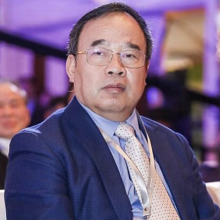

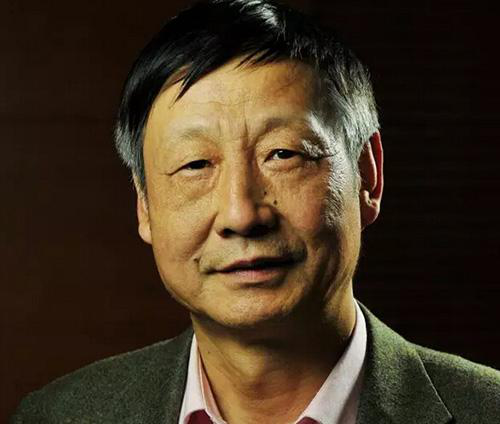















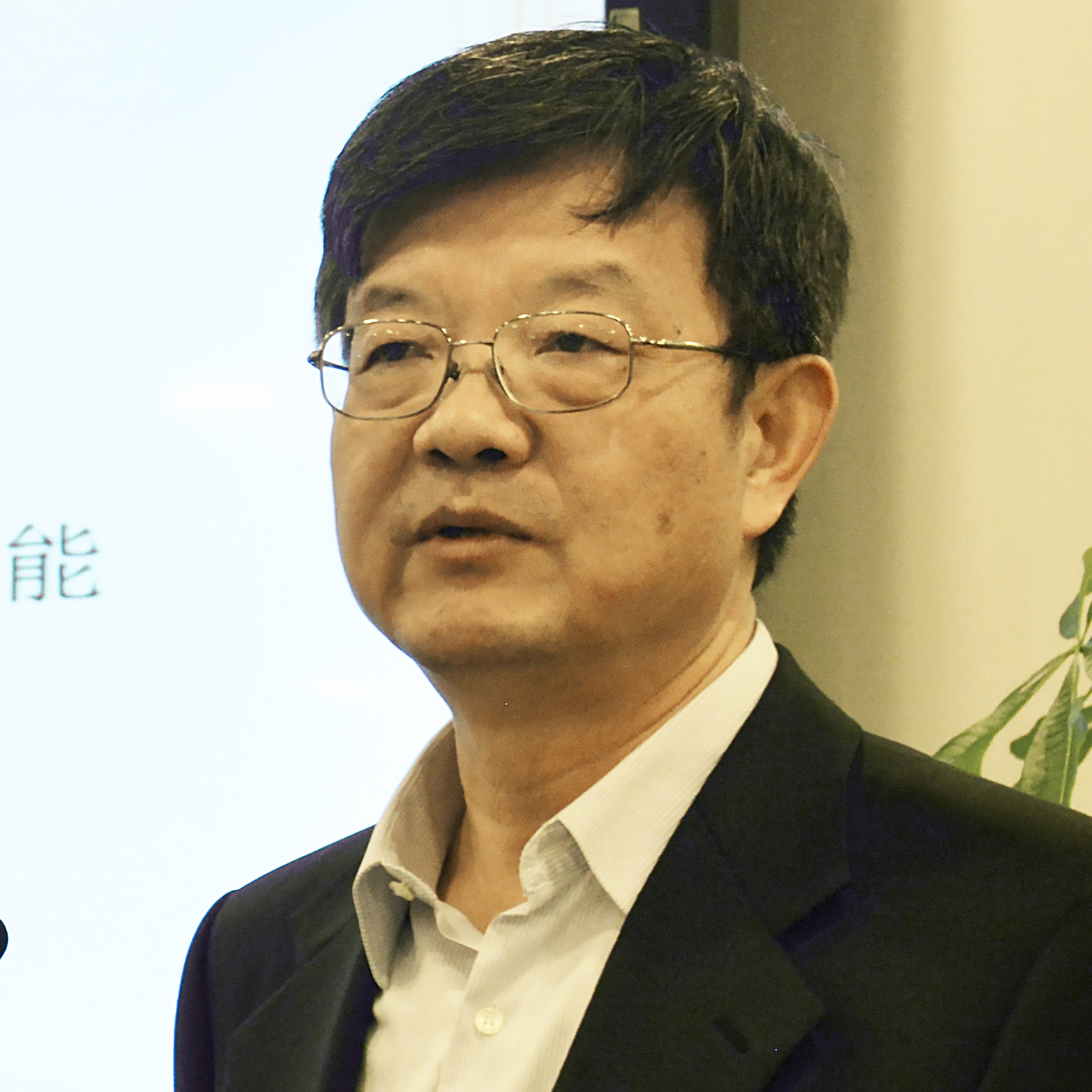





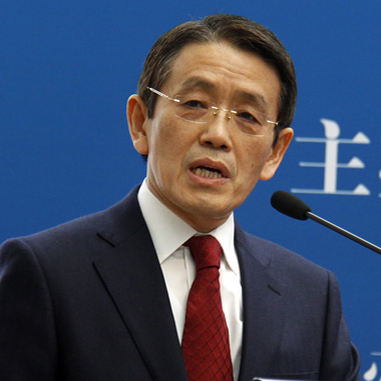

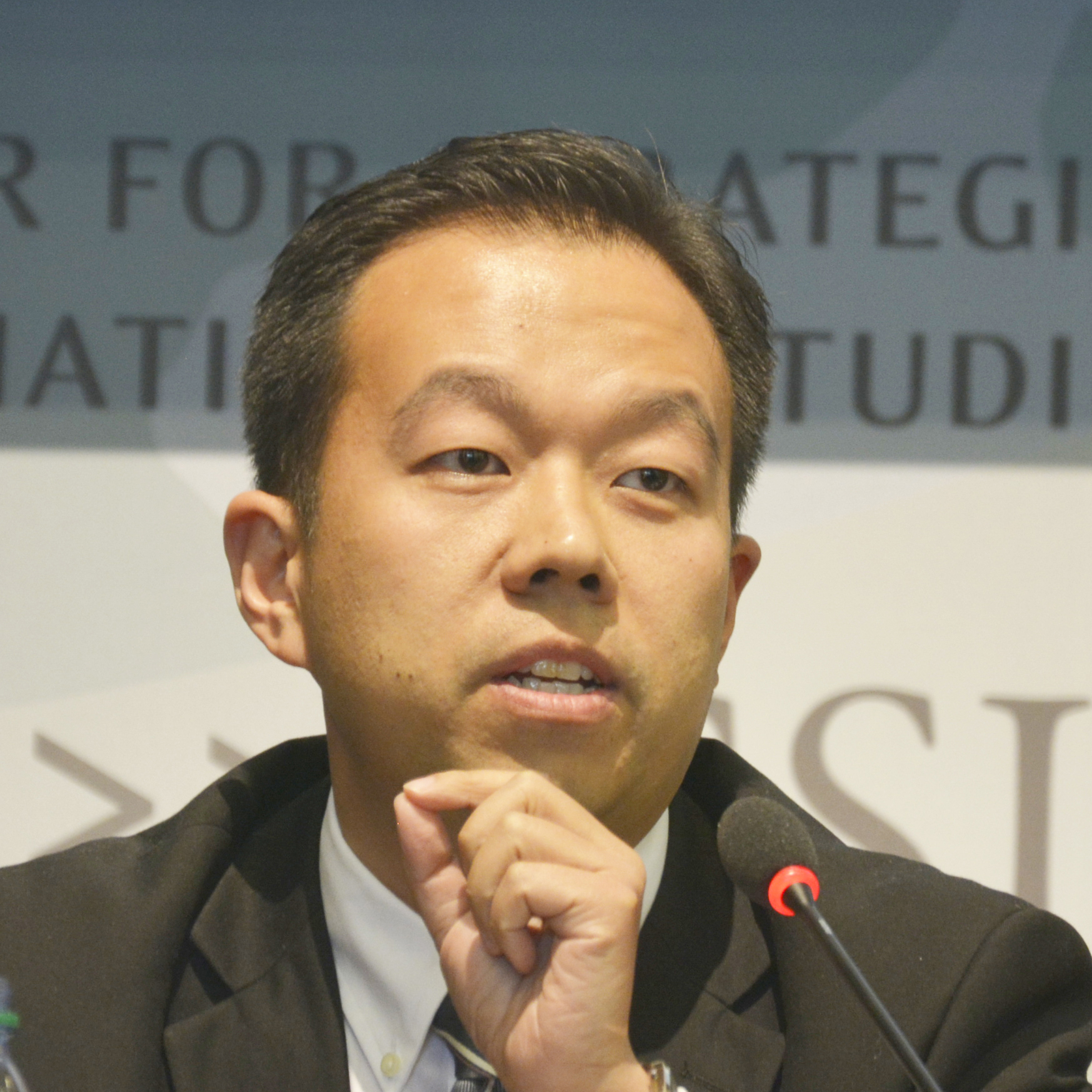










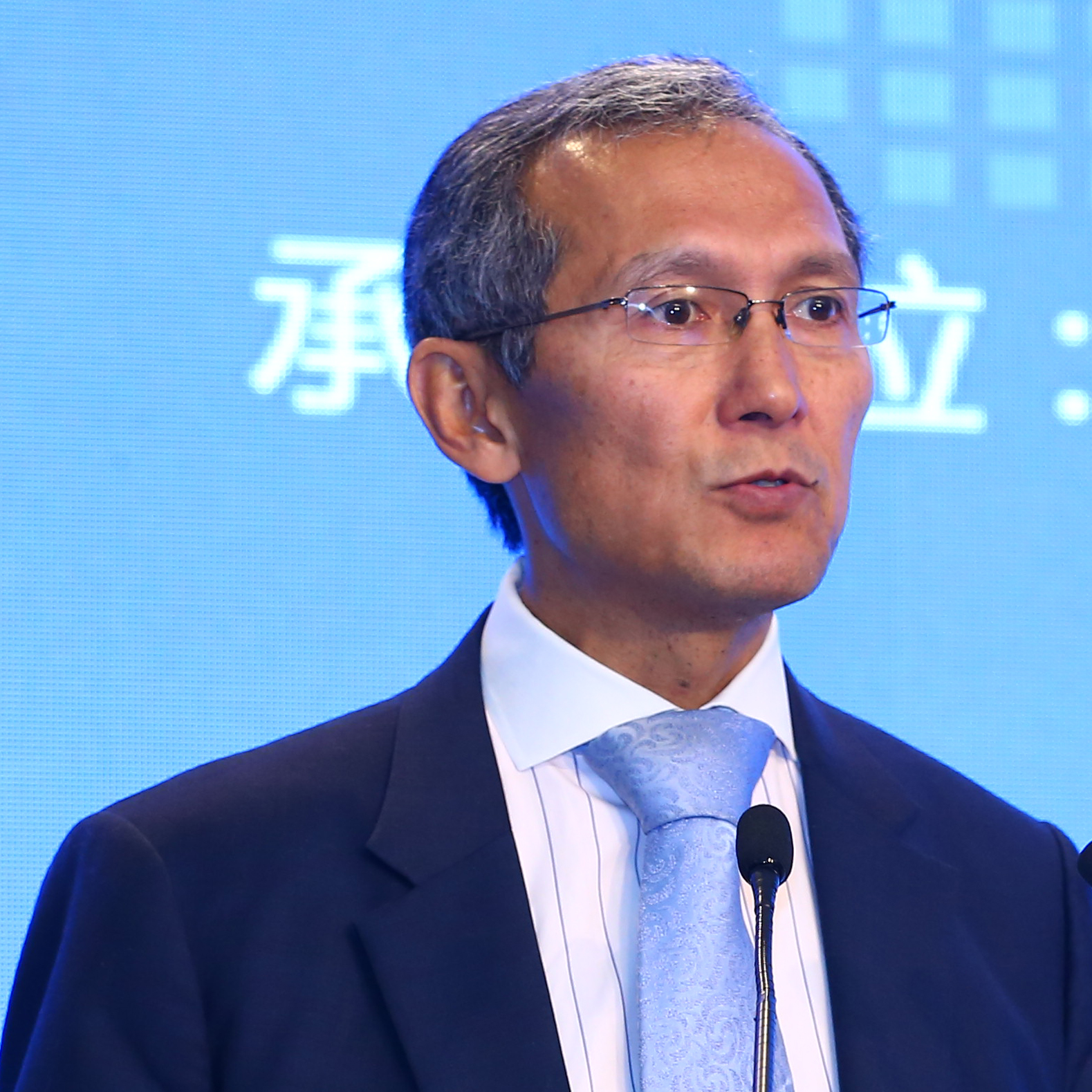


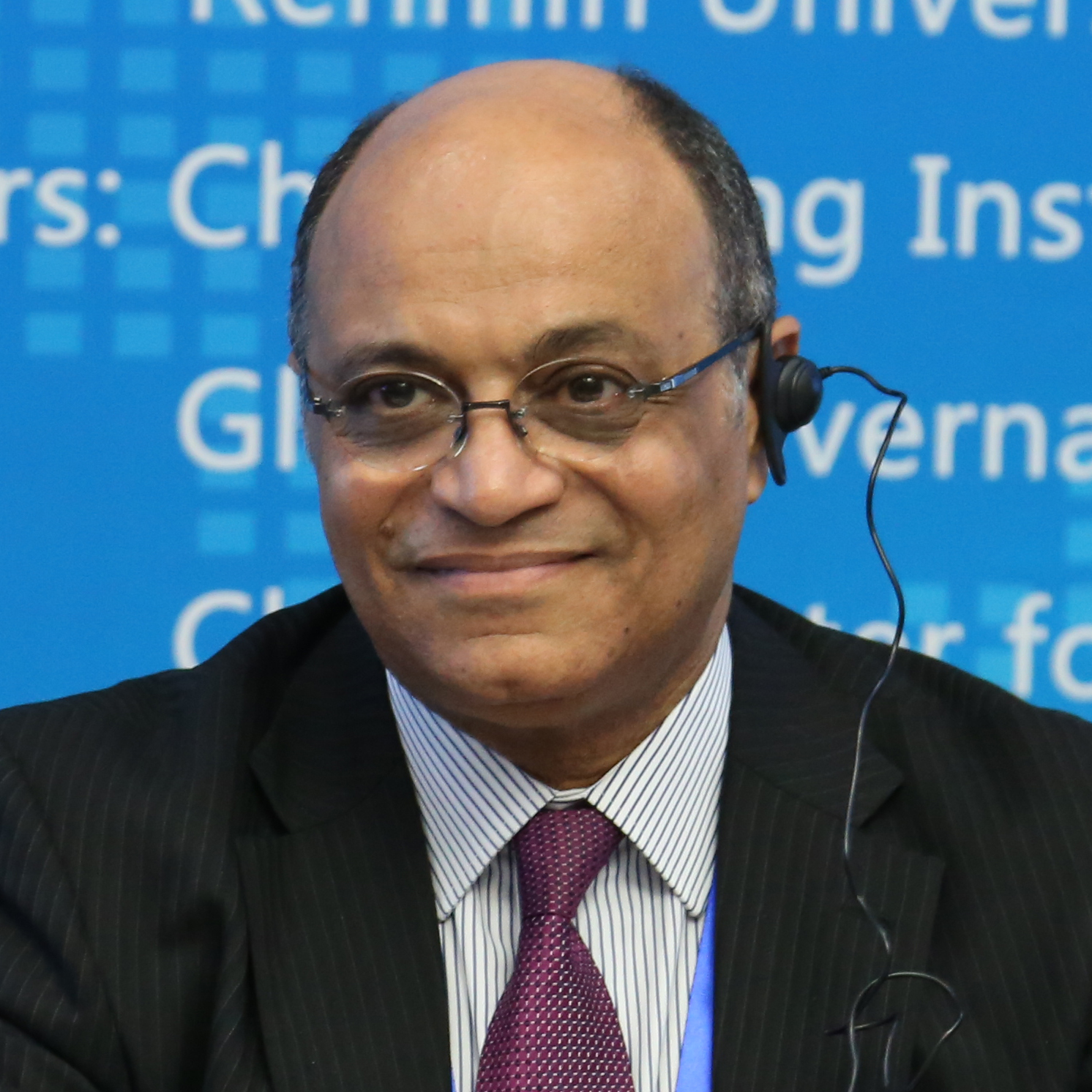














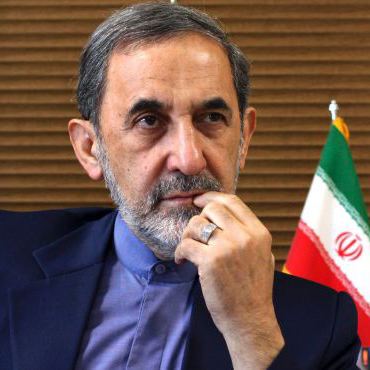




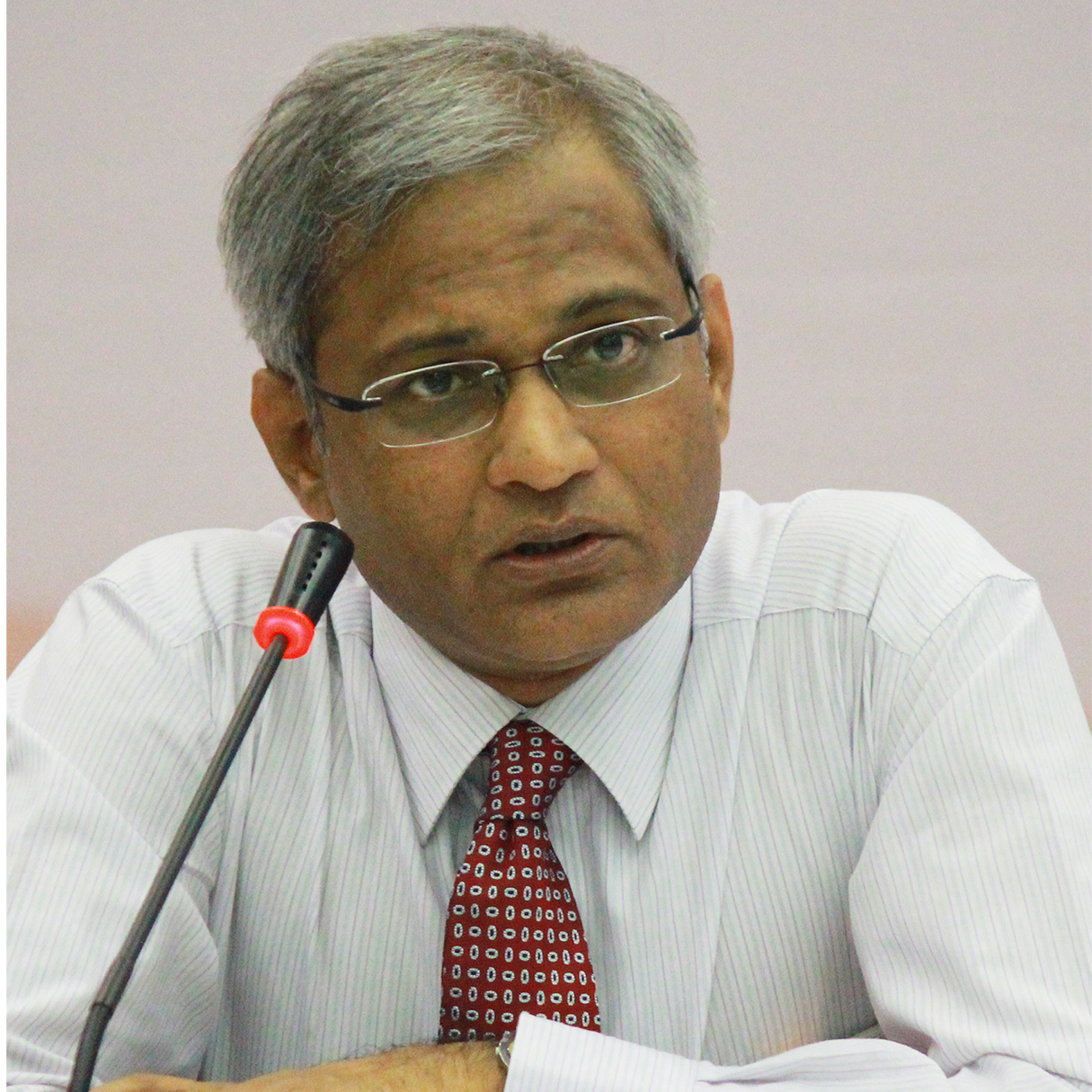

















 京公网安备 11010802037854号
京公网安备 11010802037854号





